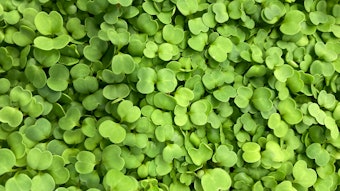Skin care preparations containing ingredients described as “natural” or “botanical” (plant extracts and/or plant ingredients) have been used as beauty aids and to treat problem skin conditions since the dawn of time. Until mid-20th century, they dominated both cosmetic and medicinal use. However, with the increasing dominance of chemistry-based pharmaceutical and cosmetic industries in the mid to late 1930s, most multi-component natural ingredients (botanicals) were largely replaced by single-chemical-entity ingredients in the United States and many industrialized nations.
Reversal of this trend began in the early 1990s with the emergence of a renewed consumer interest in “natural products.” The reversal was strengthened when the National Institutes of Health created the new Offi ce of Alternative Medicine (OAM, now the National Center for Complementary and Alternative Medicine, or NCCAM) in 1991. It was further strengthened with enactment of the Dietary Supplement Health and Education Act of 1994 (DSHEA), which created a class of dietary supplement products between foods and OTC drugs. Under DSHEA, pre-marketing approval by the U.S. Food and Drug Administration (FDA) is not required for this new product class.










